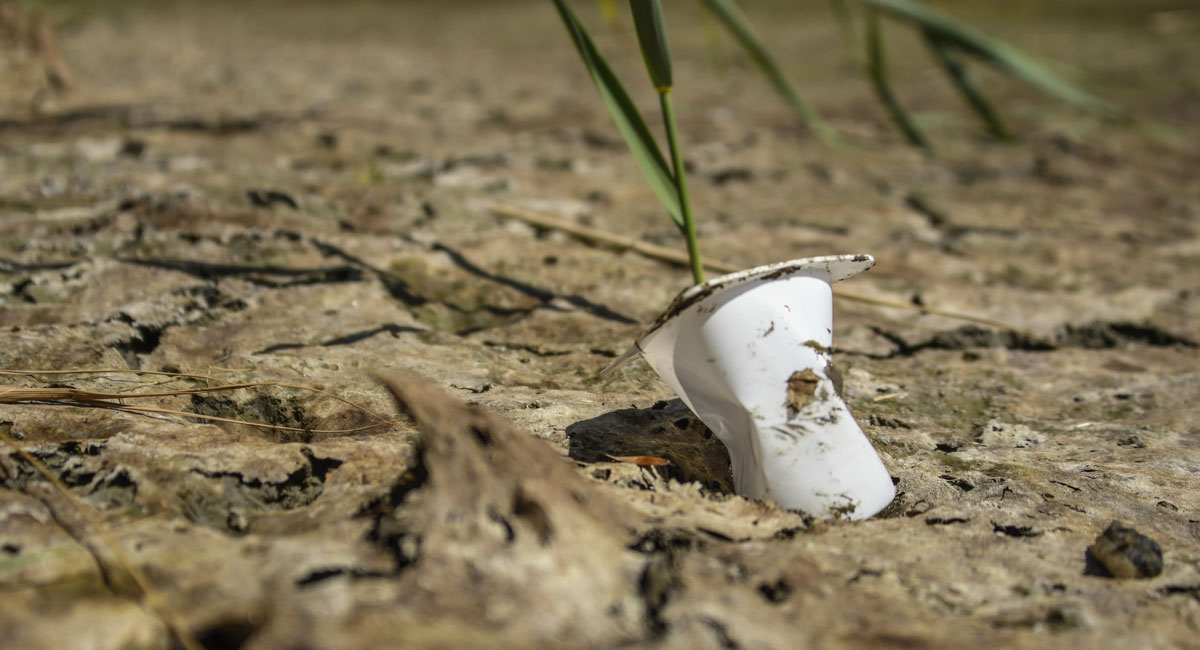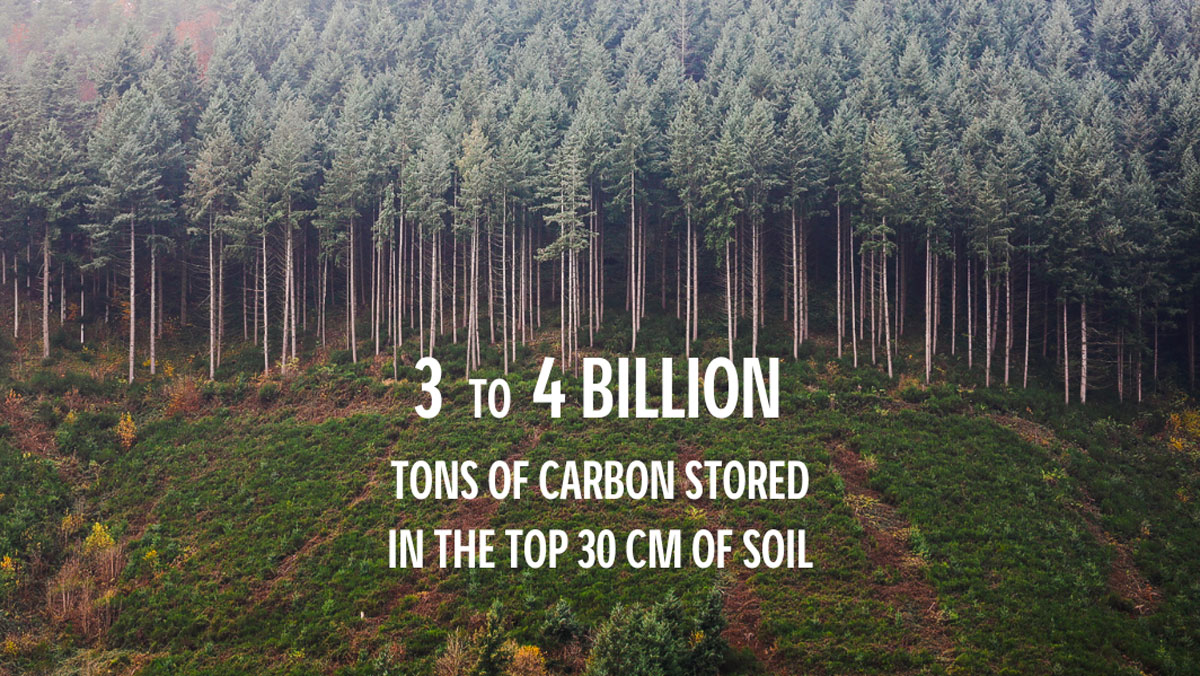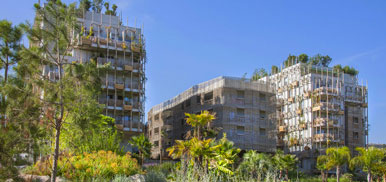
The no-net-land-take objective enshrined in France’s Climat et Résilience law is aimed at protecting the “biological, hydrological and climatic functions, and the agronomic potential” of soil. This fans out into a variety of goals, which need to be prioritised if we want to tackle the issue effectively. So why do we have to reduce soil sealing fast?
The objective in the law is a quantified reduction in land take by 2050. But taking over less space is not a goal in itself: it has to serve a higher purpose. As a reminder, soil sealing means stripping soil then building something over it – a track, road, block of flats, factory, car park, warehouse, etc. So it entails several harmful consequences and the law accordingly sets several objectives to curb those consequences. But La Fabrique de la Cité, a VINCI think tank, adds that these objectives need to be prioritised before we can address them effectively. So what battle do we fight first?
Risks for biodiversity and human activity: the visible side of soil sealing
The link between biodiversity erosion and soil sealing is easy to see: covering a natural area with an impermeable surface considerably alters, or obliterates, animal and plant habitats.
Moreover, France’s 2018 Plan Biodiversité, 2020 Convention Citoyenne pour le Climat proposals and the parliamentary debate around the 2021 Climat et Résilience law all addressed the issue of soil sealing from the angle of biodiversity preservation.
Beyond that, soil sealing directly jeopardises human activities because it:
• creates urban heat islands;
• increases the risk of runoff and flooding, as the soil no longer absorbs rainwater;
• reduces the agricultural potential of land.
Also, even though this is mentioned less often, land take also fuels climate disruption.
Soil sealing and its role in global warming
Storing carbon is one of soil’s primary functions
Scientists agree that reaching the objectives in the Paris Agreement and limiting global warming to 1.5°C will take more than lowering our greenhouse gas emissions: it will also take more carbon sinks.
When we think of capturing CO2 instead of letting it build up in the atmosphere, the image that often comes to mind is a forest. It is true that some of the CO2 we release is captured by biomass (tress, algae and other plants) through photosynthesis. But did you know that some of the CO2 collects in the organic matter in the top 30 cm of soil? Soil is actually the largest carbon storage facility on the planet.
Cerema, a public organisation in the French ministry for the ecological transition and cohesion, ranks carbon storage as one of soil’s four main functions.

Caption: La Fabrique de la Cité
How soil sealing speeds up global warming
Land take accelerates temperature increases in two ways.
First, building on soil limits is ability to capture CO2: artificial land can store much less carbon than forests or meadows.
Second, the top 30 cm of natural soil store the bulk of the carbon. So sealing it equates to stripping it of this essential layer, and reverses the process: when storage space is eliminated, the carbon in it is released..
How aiming for no net land take can contribute to the fight against climate change
Reaching the no-net-land-take objective - which VINCI Immobilier wants to do by 2030 - will take a two-pronged approach: building the city over the city and recycling urban space. The first involves building on plots that are already sealed. For example l’archipel, VINCI’s head office, was built on an unused rail plot, and Universeine, a development north of Paris, is being built on a 6.4 hectare industrial brownfield. The second, urban space recycling, involves bringing derelict structures back to life – for instance rehabilitating unused office or factory buildings. Both approaches limit urban sprawl and avoid sealing more soil.


